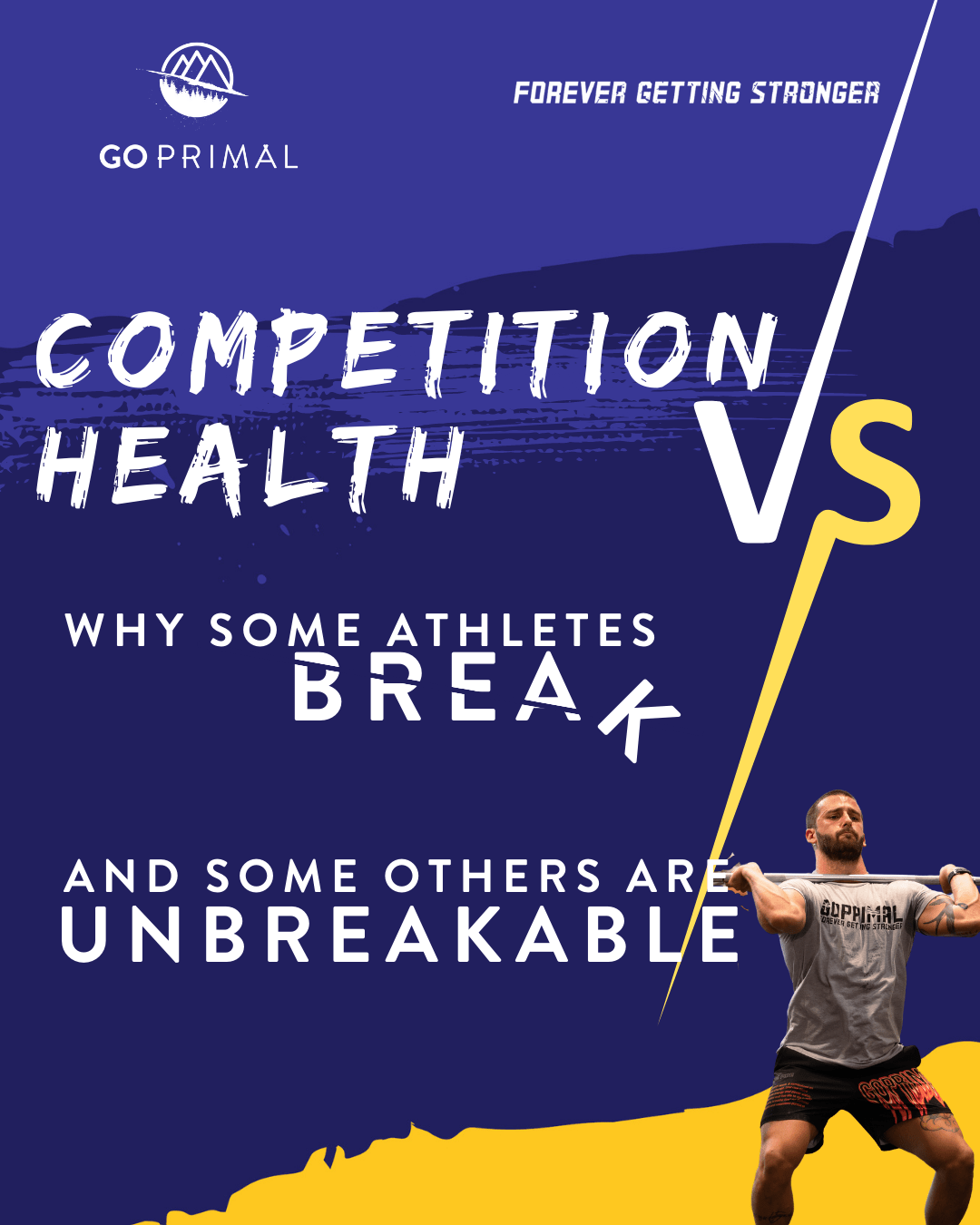
Beyond Soreness: Understanding the True Markers of Effective Training

When it comes to gauging the effectiveness of a training session, many individuals rely solely on muscle soreness as a measure of progress. However, there are various factors to consider beyond soreness alone. In this blog post, we explore why soreness is not the only indicator of a good training session and shed light on a recent study that provides valuable insights. Let's delve into the science and discover what truly matters in assessing training effectiveness.
The Myth of "No Pain, No Gain"
- Debunking the misconception that muscle soreness is the sole marker of an effective workout.
- Highlighting the importance of understanding individual responses to training stimuli.
- Key Takeaway: Muscle soreness alone does not determine the effectiveness of a workout.
The Study: PMID: 34491424 PMCID: PMC8521576
- Citing the study titled "Muscle damage, inflammation, and muscle protein synthesis following a strenuous resistance exercise session" as published in the Journal of Sport and Health Science.
- Briefly summarizing the study's objectives and methodology.
- Key Takeaway: The cited study provides valuable insights into the relationship between muscle damage, inflammation, and muscle protein synthesis following intense resistance exercise.
Muscle Damage and Soreness
- Study: "Muscle damage, inflammation, and muscle protein synthesis following a strenuous resistance exercise session" - Journal of Sport and Health Science. PMID: 34491424 PMCID: PMC8521576.
- Explaining the relationship between muscle damage and subsequent soreness.
- Describing the study's findings on the delayed onset muscle soreness (DOMS) and muscle damage markers.
- Key Takeaway: Muscle damage can lead to soreness, but soreness alone does not necessarily indicate the extent of muscle damage or the effectiveness of a training session.

Inflammation and Recovery
- Highlighting the study's insights on the role of inflammation in the muscle repair and recovery process.
- Emphasizing the importance of managing inflammation for optimal training adaptations.
- Key Takeaway: Inflammation is a natural response to intense exercise, and effectively managing inflammation is crucial for optimal recovery and training adaptations.
Muscle Protein Synthesis (MPS)
- Discussing the study's findings related to muscle protein synthesis as a crucial factor for muscle growth and adaptation.
- Explaining how MPS can occur without significant soreness.
- Key Takeaway: Muscle protein synthesis is a vital process for muscle growth and can occur even without experiencing excessive soreness.
Comprehensive Indicators of Effective Training
- Broadening the perspective on evaluating training effectiveness beyond soreness.
- Introducing alternative markers such as strength gains, endurance improvements, and overall performance.
- Key Takeaway: Assessing training effectiveness should consider various factors such as strength gains, endurance improvements, and overall performance rather than relying solely on soreness.
Optimizing Training Progression and Recovery
- Providing practical tips for optimizing training progression and recovery.
- Emphasizing the significance of proper nutrition, adequate rest, and tailored training plans.
- Key Takeaway: Optimizing training progression and recovery involves factors such as nutrition, rest, and tailored training plans to support overall performance and adaptation.
Conclusion: Muscle soreness should not be the sole determinant of a successful training session. The study cited, PMID: 34491424 PMCID: PMC8521576, sheds light on the complex interplay between muscle damage, inflammation, and muscle protein synthesis. It highlights that training adaptations can occur without excessive soreness, emphasizing the need to consider other indicators of progress. By incorporating a holistic approach to assessing training effectiveness and focusing on strength gains, endurance improvements, and overall performance, individuals can optimize their training journey for long-term success.
-
Schoenfeld, B. J. (2012). The mechanisms of muscle hypertrophy and their application to resistance training. Journal of Strength and Conditioning Research, 24(10), 2857-2872. [Link: https://pubmed.ncbi.nlm.nih.gov/21804427/]
-
Nosaka, K., & Clarkson, P. M. (1996). Muscle damage following repeated bouts of high-force eccentric exercise. Medicine and Science in Sports and Exercise, 28(5), 587-593. [Link: https://pubmed.ncbi.nlm.nih.gov/9140909/]
-
Cheung, K., Hume, P. A., & Maxwell, L. (2003). Delayed onset muscle soreness: treatment strategies and performance factors. Sports Medicine, 33(2), 145-164. [Link: https://pubmed.ncbi.nlm.nih.gov/12617692/]
-
Schoenfeld, B. J. (2010). The use of nonsteroidal anti-inflammatory drugs for exercise-induced muscle damage: implications for skeletal muscle development. Sports Medicine, 40(6), 455-465. [Link: https://pubmed.ncbi.nlm.nih.gov/20433231/]
-
MacDougall, J. D., Gibala, M. J., Tarnopolsky, M. A., MacDonald, J. R., Interisano, S. A., & Yarasheski, K. E. (1995). The time course for elevated muscle protein synthesis following heavy resistance exercise. Canadian Journal of Applied Physiology, 20(4), 480-486. [Link: https://pubmed.ncbi.nlm.nih.gov/8563679/]
-
Phillips, S. M., Tipton, K. D., Aarsland, A., Wolf, S. E., & Wolfe, R. R. (1997). Mixed muscle protein synthesis and breakdown after resistance exercise in humans. American Journal of Physiology-Endocrinology and Metabolism, 273(1), E99-E107. [Link: https://pubmed.ncbi.nlm.nih.gov/9252485/]


